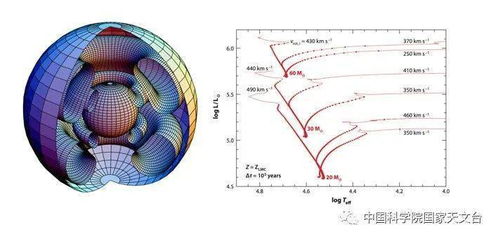
Mag

nesium is a chemical element with the symbol Mg and atomic number 12. It is a lustrous, silver-white metal that belongs to the alkaline earth metals group in the periodic table. Magnesium has many interesting properties and is often used in various applications, including the production of lightweight alloys, as well as in medicine and agriculture. In this article, we will explore some cool and often unknown facts about magnesium.
1. Magnesium can burn underwater
One of the most unique properties of magnesium is its ability to burn even when it is submerged in water. This is because magnesium reacts strongly with both oxygen and hydrogen, producing a bright white flame and a lot of heat. However, this property of magnesium also makes it a potential fire hazard.
2. Magnesium is essential for life
Magnesium is an essential element for all living organisms, including humans. It plays a role in numerous bodily functions, including muscle and nerve function, bone health, and heart health. Magnesium deficiency is a serious issue that can lead to muscle weakness, muscle spasms, and even seizures.
3. Magnesium is used to create lightweight alloys
One of the most common uses of magnesium is to create lightweight alloys. These alloys are used in a wide range of applications, including the production of airplanes, cars, and other vehicles. Magnesium alloys are lighter than steel and aluminum, making them ideal for reducing weight and increasing mobility.
4. Magnesium is used in medicine
Magnesium has several medical applications, including as a laxative, antacid, and in the treatment of preeclampsia, a condition that affects pregnant women. Magnesium sulfate is often used to lower blood pressure and decrease swelling. Magnesium supplements are also used to treat magnesium deficiency.
5. Magnesium is important for plant growth
Magnesium is an important nutrient for plants, as it is required for the synthesis of chlorophyll. Chlorophyll is essential for photosynthesis, the process by which plants convert sunlight into energy. Without magnesium, plants would not be able to produce the energy needed to grow and survive.
6. Magnesium is mined from underground deposits
Magnesium is not found in its pure elemental form in nature but is instead mined from underground deposits of magnesite, dolomite, and other minerals. The mining process involves extracting the mineral from the ground, crushing it, and then refining it into magnesium metal.
7. Magnesium can be toxic
While magnesium is essential for good health, too much of it can be toxic. Symptoms of magnesium toxicity include diarrhea, nausea, and vomiting. In severe cases, magnesium toxicity can cause kidney failure, cardiac arrest, and even death. This is why it is important to always follow the recommended daily intake of magnesium and never exceed it without guidance from a healthcare professional.
In conclusion, magnesium is an incredibly interesting and versatile element with many unique properties. From burning underwater to its essential role in human and plant health, magnesium continues to be an important element in our lives. It is important to understand magnesium's properties and limitations to use it safely and effectively in various applications.